Wisdom of the Crowd
Scenario 01. Many tech-minded people, small-scale initiatives
What will journalism look like in 2025? To find out, the Journalism Fund developed four potential scenarios for the future. The following is scenario 01. Wisdom of The Crowd: A world in which the economy and society will be dominated by start-ups and virtual collaborations. Using the latest technology (radical developments) citizens will organise themselves (do it yourself), and remove any requirement for large organisations. Media brands no longer decide what news is, the crowd will do that now.
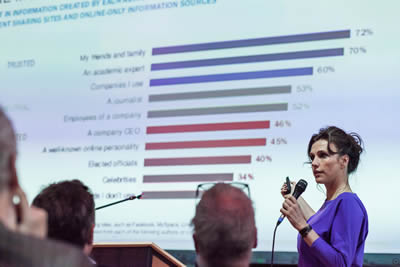
The scenarios are based on the input of 150 stakeholders from inside and outside the sector. Read more about how the scenarios came about.
MethodThe government and large media companies are becoming less influential
Start-ups are shooting up like mushrooms out of the ground, and stories are being created by 'the crowd'
The world in 2025 is dynamic, entrepreneurial and tech-minded. Start-ups, the self-employed and inventors are the engine of the economy. Tech-boys and girls are the pop stars of the 2020s and small companies work in different collaborations, both on-line and off-line.
It's all about sharing and participation
Countless rounds of austerity have left many expecting little from their government. Therefore citizens take their own initiative. 'Participation' 'take action oneself' 'collaboration' and 'sharing' are important societal values. The sharing economy is growing strongly and, via various digital platforms, supply and demand are joining together. These platforms are commercially focused, for example, Craigslist, Airbnb and Uber, but there are also many peer-to-peer networks where users come in contact with one another without a commercial third-party getting involved. The development of open source software is an example of this, but also the self-generation and distribution of energy. The roll-out of smart grids (intelligent energy networks) makes it possible for one to generate electricity and to sell it a neighbour.
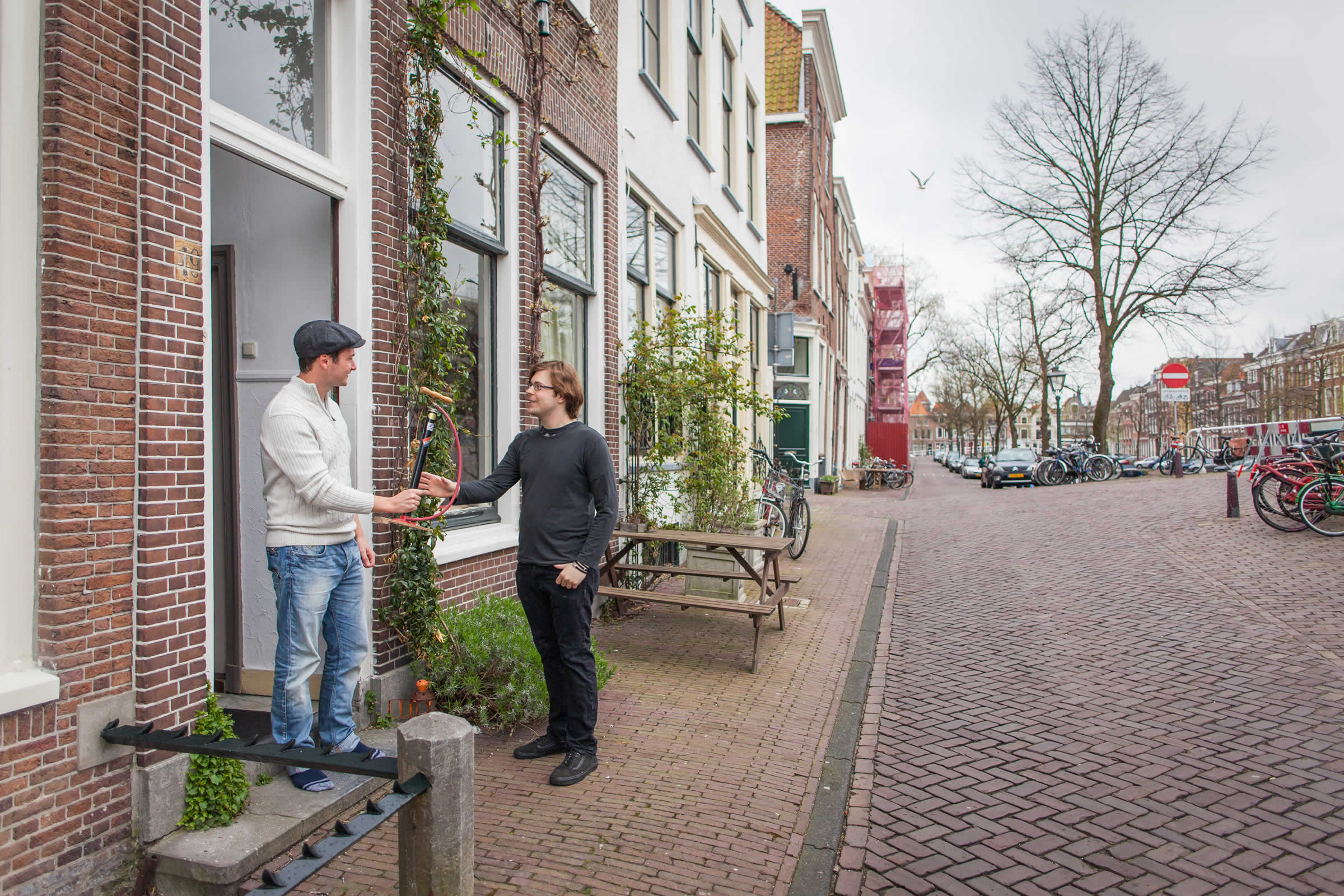
Society will become increasingly annoyed about privacy violations and the power of internet giants such as Google and Facebook, which leads mass consumers to start looking for alternatives. They will find these alternatives in open source platforms that perform very well.
Citizens, therefore, take more and more responsibility, while the government still plays its role. Government acts mainly as the guardian of privacy and net neutrality . In the event that companies want to use visitors' personal information on the internet, they have to explicitly ask for this information and ensure it is 'forgotten' when requested to do so. The sound protection of net neutrality prevents a handful of digital market entities becoming dominant. Strong competition, combined with simplicity that allows small content producers and app developers to join the market, ensures increased innovation.
Net neutrality means internet service providers may not block, slow down, or demand extra charges for specific services or apps. This would prevent a telecom provider demanding extra charges if you use Skype or Netflix on your telephone, ensuring equal treatment and pricing of all internet traffic.
The social movement towards being increasingly more self-organised also has a downside: there will be a dichotomy between the socially active citizens and those who are inactive. People with few social contacts, that do not form a part of a large network of clubs, communities, and small businesses, will suffer. That will be enhanced by the overwhelming range of text and images on offer, which makes it difficult to find way in. To keep the information gap small, hard work is being carried out to develop smart algorithms that graze websites in a transparent and insightful way in order to select digital content for the less digitally-minded consumer.

Rapid technological development has not only made devices smaller and more powerful, but also ensured that they are simpler and more intuitive to operate. A great deal of technology is designed to make it easy to create things yourself. For example, you can now take different components and build your own smartphone, and then, with convenient packages, create your own virtual reality products. Communities of gamers develop their own games. 3D printing is extremely popular. On every street corner you can find a 'small print shop' where you can print anything: from toys and spare parts to running shoes and raincoats.
The trend for people to increasingly organise themselves on a small scale is also reflected in the market. In 2025, the creative sector is a hotbed of many small businesses and self-employed working on music, movies and apps in ever-changing configurations. This especially happens on-line, under open source conditions, on development platforms (similar to Github) where developers voluntary work on projects together.

One of the most successful open source initiatives is Github. This platform has nine million active developers working together voluntarily on new software. Wired interviewed the founders.
wired.comAs a result, the journalistic landscape is highly fragmented. There is a huge on-line collection of live streams and news videos from both professional journalists and citizen journalists. News text and images are mainly spread via the internet, on social media or community sites built by citizens. These websites may be partly set up by traditional publishers, partly through new digital players and, to a lesser extent, by large - but not dominant - players like Google.
News items can be easily adapted to the needs of the user. For example, smart algorithms can be tuned to deliver an article based on your location or your required reading time. Sitting in the bus, on your way to work, you receive short articles. But on Saturday, while you are sitting in the garden, you receive a longer story with graphics that relate to your neighbourhood. Using this personification, news organisations know how to make consumers pay for journalism again. Content is therefore, much more than a flat message; items will be enriched with video, audio and data. These productions can be viewed on any device. Working with such a variety of loosely managed components ensures journalism can be more easily re-used, but it also means that journalists have less control over the final product.
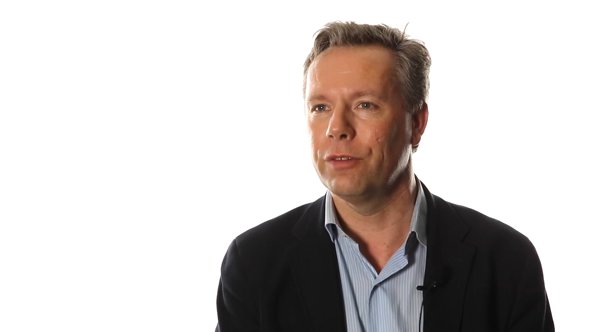
Philippe Remarque from the Dutch newspaper, de Volkskrant
Consumers are willing to pay for high-quality financial news. For general news, this does not apply; almost nobody would pay money for this. The handful of printed magazines and newspapers that have managed to hold up in this fragmented media landscape are mainly read by the over-sixties.
Fewer public broadcasters
The role of the government is getting smaller, and that has consequences for public broadcasting. The government reduces public funding to the broadcaster, regardless of form and medium. When a medium with an editorial charter can demonstrate convincingly that a major theme has become underexposed, subsidies may be provided to change that.
Public broadcasters reduce the number of channels they broadcast. The only remaining public network channel is used for the transmission of general information. The channel shows multiple newscasts per day, provides information during disasters, and teaches older people how to deal with digital media.
The accessibility of virtual reality engineering and 3D animations makes it easy for journalists to make their own, compelling digital productions. Journalists are no longer concerned with reporting simple news. The 'robot journalist' smart software that can quickly and cheaply produce text, is responsible for handling press releases and writing short news items. The role of the press agency is also partly taken over by software: citizen journalists send in massive amounts of imagery that is automatically analysed by the computer. With machine learning a good selection of images can be knitted together, but the robot journalist can, for example, also check the origin of the material.
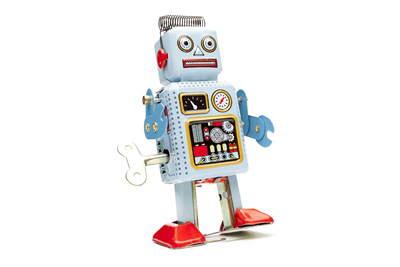
Has this text been written by an algorithm or a human? Take the New York Times quiz. Can you see the difference?
Take the quizHille van der Kaa, Hogeschool Fontys
The number of professional journalists is decreasing, but the number of citizen journalists has blown to enormous proportions. The role of the professional journalist is changing. He or she is no longer a reporter, but selects the news, checks the facts and moderates the debate. The citizen journalist is busy writing, taking photographs and making videos. Due to the overwhelming number of blogs, tweets and data, the consumer needs someone to help bring the internet back to manageable proportions. The filtering and curating of information is therefore an important task of journalism.
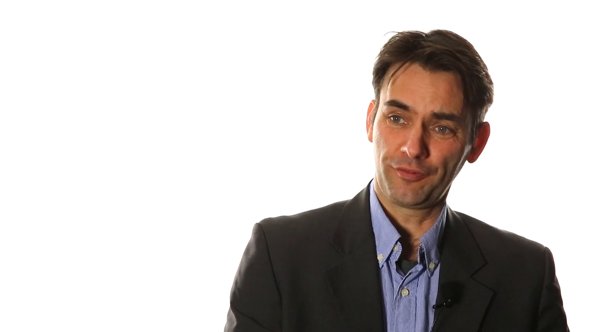
Bas Mesters, Windesheim
Journalists in employed service are a rarity. And only those journalists who, for example, are distinctive due to their voice or superior analytical skills, are still around. The trend of unbundling has continued. Many articles are sold per unit. Therefore each story must add value or consumers will not pay for it. Freelancers supplement their income through donations, paid lectures and crowdfunding.
News has always been offered in bundles: you buy a newspaper full of articles and supplements, or you watch a news broadcast with many different news items. Technological development makes it easier to offer individual stories: You can now buy a single article or watch one fragment of a talk show.
Some journalists find an audience with whom they bond well and subsequently grow into a well-known, independent brand. Most journalists work in collectives with other journalists, as well as with data specialists and programmers.